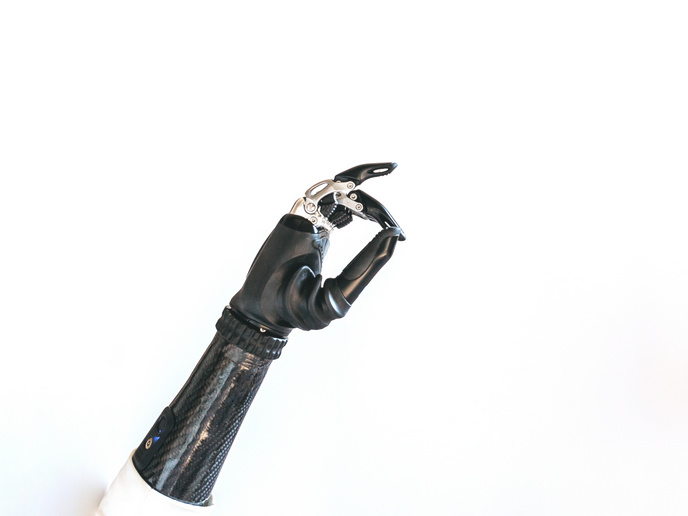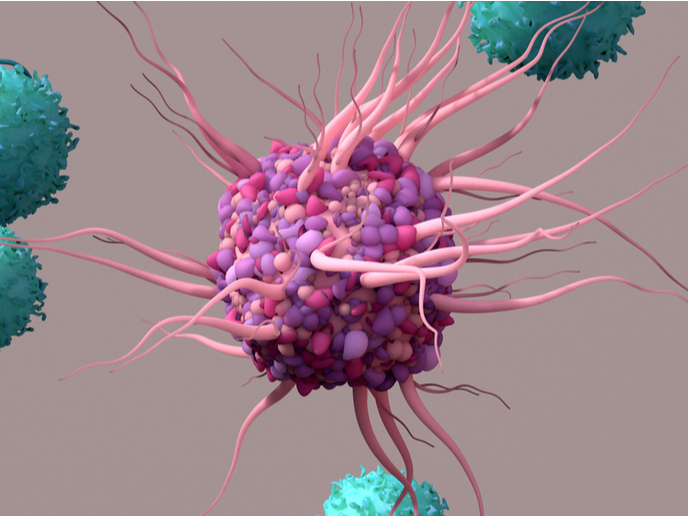Regenerating spinal cord tissue
The adult nervous system inherently possesses little regenerative potential. Regenerating axons show limited extension capacity and also lack functionality, possibly due to an insufficient number of synapses or a lack of myelination. To address this challenge, scientists on the EU-funded AXON REGENERATION (Regeneration and target reinnervation after spinal cord Injury) project proposed a spatially and temporally controlled expression of neurotrophic factors. They aimed to enhance the distance of regeneration and target innervation by ascending sensory axons after adult spinal cord injury. Study results revealed that expression of neurotrophin on its own is not sufficient to sustain regenerated axons following spinal cord injury. This decline in axonal growth is most likely due to alterations in the expression of extracellular matrix components and cell adhesion molecules. The consortium then explored the potential of adult neural progenitor cells (NPCs) and adult bone marrow stromal cells (MSCs) to differentiate into oligodendrocytes and glia in the injured spinal cord. In vitro studies indicate that co-culturing these two types of progenitors enhances differentiation. However, this observation is not recapitulated in vivo where MSCs need further modulation to support NPC differentiation and engraftment. Researchers also examined the capacity of neural stem cells (NSCs) to provide functional assistance to the injured spinal cord. The use of NSCs in animal models offered sensory and motor recovery after a complete spinal cord transection. Additional benefits included the normalisation of basal cardiovascular parameters as well as autonomic reflexes. Collectively, the findings of the AXON REGENERATION study highlights the role of different stem cell sources to achieve phenotypic and functional recovery following spinal cord injury. Although still in its infancy, this approach has great potential for rapid translation into clinical practice.
Keywords
Regenerative medicine, stem cell, growth factor, spinal cord injury, nervous system, axon, neurotrophic







